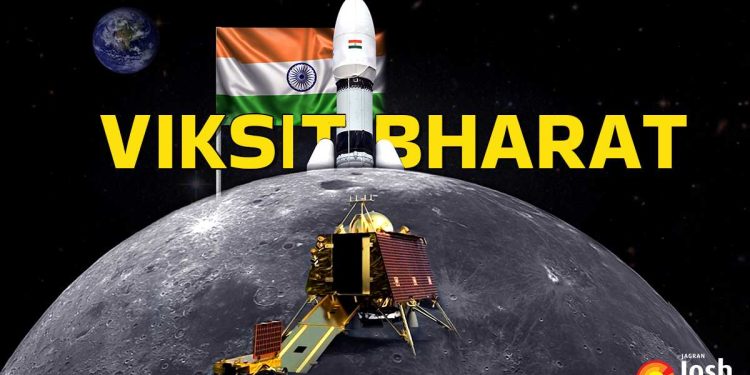🌕 Introduction
In a landmark achievement for space exploration, Chandrayaan-3 successfully soft-landed on the Moon’s south pole in August 2023, making India the first country to do so. This mission not only enhanced India’s global reputation in space technology but also laid the foundation for more ambitious interplanetary missions. As we move into 2025, the legacy of Chandrayaan-3 continues to influence science, technology, and global cooperation.
🚀 Mission Highlights
- Launch Date: 14 July 2023 by ISRO from Sriharikota using the LVM3 rocket.
- Landing Date: 23 August 2023 near the lunar south pole—a region never explored before.
- Included two main components: Vikram Lander and Pragyan Rover.
- Vikram Lander executed a near-perfect soft landing, correcting course in real time.
- Pragyan Rover explored the lunar surface, gathering data on soil composition and seismic activity.
🔬 Scientific Achievements
- Detected the presence of sulfur and oxygen on the Moon’s surface—key to future lunar habitability.
- Studied lunar quakes, surface temperatures, and mineral composition.
- Sent back high-resolution images and videos of the Moon’s terrain.
- Operated successfully for 14 Earth days (one lunar day), achieving all mission goals.
🌐 Global Recognition and Collaboration
- India became the fourth country (after the USA, USSR, and China) to achieve a soft landing on the Moon.
- Global praise from NASA, ESA, and international space agencies for ISRO’s cost-effective mission model.
- Strengthened India’s role in international space collaboration, especially in the Global South.
🛰️ What’s Next for ISRO?
- Gaganyaan Mission: India’s first crewed spaceflight, planned for late 2025 or 2026.
- Chandrayaan-4 under discussion, with potential for sample return missions.
- Upcoming missions include Aditya-L1 (solar observatory) and Shukrayaan-1 (Venus mission).
- Greater focus on private sector involvement in space tech via IN-SPACe.
📊 Impact on Education and Innovation
- Surge in interest among Indian youth in STEM fields and space science.
- Universities collaborating with ISRO on satellite and microgravity research.
- Rise in space tech startups like Skyroot Aerospace, Agnikul Cosmos, and Pixxel.
- Boost in funding and incubation of aerospace innovation under Startup India.
🔮 Vision for India’s Space Future
- Long-term goal: Establish a robotic lunar base and explore resource utilization on the Moon.
- India eyeing future Mars and interplanetary missions in collaboration with other nations.
- Potential for India to become a commercial satellite launch hub for developing countries.
🧠 Final Thought
Chandrayaan-3 is not just a scientific triumph—it’s a symbol of India’s determination, ingenuity, and global ambitions. As the country looks to the stars, it’s inspiring an entire generation to dream bigger and reach farther.
































































